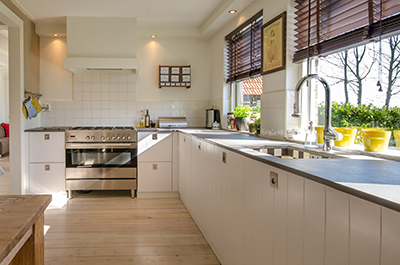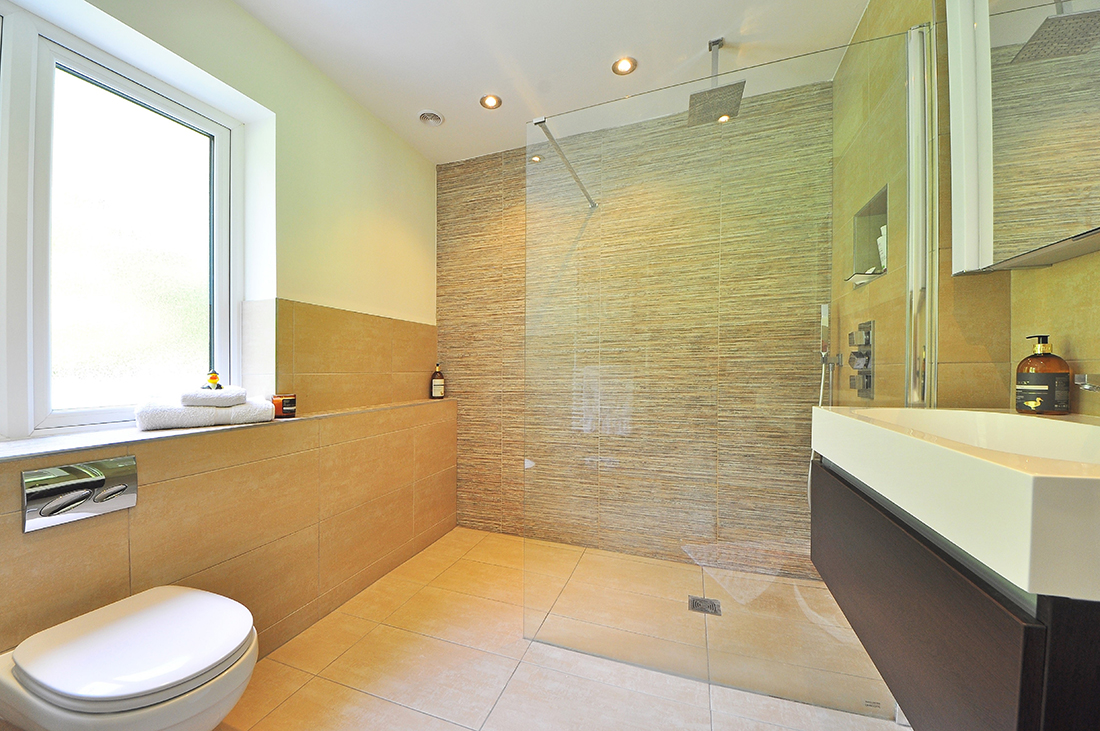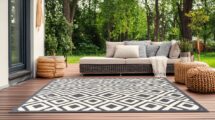Accessibility and comfort can also be aesthetically pleasing
By Janet Armstrong, Certified Interior Designer | Jan/Feb 2019
Our homes are synonymous with family, security and community and of course our ‘community’ provides social interaction, comfort and support. But how do you maintain this in the face of changing health needs? Through the use of Universal Design principles! Your home can at once be accessible, safe and comfortable, as well as appealing and stylish. No longer are institutional grab bars and bed rails the only games in town!
Universal Design principles involve the design and creation of a living environment, so it can be accessed, understood and used not just by you, but by family, friends and guests regardless of their age, size, ability or disability.
Universal Design principles include:
1. Equitable Use — the design elements and features can be used by people with a broad range of abilities, for example, motion-activated lighting.
2. Flexibility in Use — the design accommodates a wide range of individual abilities and preferences such as a shower room that allows roll-in use, has a handheld shower head and bench seating.
3. Simple and Intuitive Use — the design elements are easy to understand regardless of the user’s experience, knowledge, language, skills or concentration level. An example of this would be self-flushing toilets.
4. Perceptible Information — the design effectively communicates the required information to the user regardless of surrounding
conditions or the user’s sensory abilities. Examples are street crossing lights that have a lit symbol and/or a beeping sound and elevators that announce the floors and have a lit symbol for the floors.
5. Tolerance for Error — this principle ensures the design minimizes hazards and the adverse consequences of accidental or unintended actions, such as a lever door handle that doesn’t require a tight grip or can be opened with an elbow.
6. Low Physical Effort — the design can be used efficiently and comfortably with a minimum of fatigue. An example would be a loop handle on cabinet doors and/or drawer fronts.
7. Size and Space for Approach and Use — This ensures the appropriate size and space is provided for approach, reach, manipulation and use regardless of user’s body size, posture or mobility. For example, swing-clear hinges that inexpensively create extra space for people using walkers or wheelchairs.
 So, what does this mean for those of us born between 1946 and 1964? Our generation is the biggest cohort in Canada with 16.9 percent of us at 65-plus, according to the Stats Canada 2016 Census. We are also living longer and may experience a number of age-related health issues. As the largest group, we will drive demand for products that are functional now while being capable of accommodating future health changes and ensuring safety, accessibility and comfort while still being aesthetically pleasing.
So, what does this mean for those of us born between 1946 and 1964? Our generation is the biggest cohort in Canada with 16.9 percent of us at 65-plus, according to the Stats Canada 2016 Census. We are also living longer and may experience a number of age-related health issues. As the largest group, we will drive demand for products that are functional now while being capable of accommodating future health changes and ensuring safety, accessibility and comfort while still being aesthetically pleasing.
If you are considering changes to your home, bear in mind that being proactive affords you the time to plan for and carry out updates on your schedule — rather than reacting to sudden changed needs when you will be experiencing the stress associated with a difficult, challenging health-related situation in addition to the stresses of updating your home as soon as possible.
 If you are planning to perform routine updates around your home or undertake a major reno, consider incorporating some of the following elements into your design plans:
If you are planning to perform routine updates around your home or undertake a major reno, consider incorporating some of the following elements into your design plans:
- roll-in shower with built-in benches
- heated shower floors and walls
- higher toilets
- wall-mounted toilets
- motion and/or voice activated lighting
- motion and/or voice activated taps
- vanities with roll-out cabinets that allow for wheelchair accessibility
- contrasting colours and textures
- LED lighting
- lower or multi-height counters
- baseboard lighting especially in hallways
- u-shaped or levered cabinet handles
- elimination of upper cabinets
- additional drawers that are deeper and wider to provide access to contents appliances with:
- automatic shut-off
- front or side mount controls with an override switch
- duplicate alert systems (a microwave that beeps when time is up but that also flashes text)
- visual signals that indicate the doorbell has been rung or the smoke detector has been activated
- non-slip flooring
 In addition to Universal Design considerations and multi-access products that can be incorporated into updates, there are a number of other changes to be considered when updating your home to ensure it is accessible to all regardless of age, size, ability or disability. I will discuss these in future articles and describe how to accommodate them when designing and decorating your spaces to ensure comfort, safety and accessibility, while maintaining an attractive space. I will also share ideas for simple updates that can be easily done to support you in adapting to these changes.
In addition to Universal Design considerations and multi-access products that can be incorporated into updates, there are a number of other changes to be considered when updating your home to ensure it is accessible to all regardless of age, size, ability or disability. I will discuss these in future articles and describe how to accommodate them when designing and decorating your spaces to ensure comfort, safety and accessibility, while maintaining an attractive space. I will also share ideas for simple updates that can be easily done to support you in adapting to these changes.
Janet Armstrong (simplyswankdecor.ca) is a graduate of the Interior Design Institute of Canada, CAPS (Certified Aging in Place Specialist) and a Director and Membership Chair with the Board of the Decorators and Designers Association of Canada (DDA Canada).







